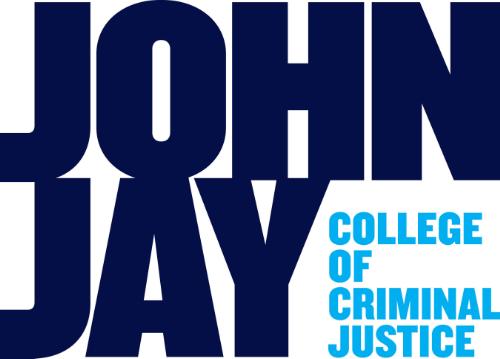
Date of Award
Spring 5-15-2025
Document Type
Thesis
Degree Name
Master of Science (MS)
Department/Program
Sciences
Language
English
First Advisor or Mentor
Nathan H. Lents
Second Reader
Mechthild Prinz
Third Advisor
Stephania Guzman Diaz
Abstract
The identity of the fur covering the sculpture named Object in the Museum of Modern Art has remained a mystery since its creation in 1936 by Meret Oppenheim. DNA testing can possibly provide an answer, but to preserve the integrity of the sculpture, only a very small piece of the fur can be sampled. Prior to testing Object, testing using museum samples was performed to determine whether DNA of a sufficient quantity and quality can be extracted and sequenced. Several DNA extraction and sample washing methods were tested to examine the effects on the DNA of museum pelts aged between 71 and 106 years old. The DNA concentrations for each extraction method showed no statistically significant difference between the methods (p=0.08). A sample size of 0.015g to 0.0350g was used to simulate the sample size obtainable from Object. The DNA concentrations between the wash methods also showed no statistical difference between the methods (p=0.85). A partial sequence of the Cytochrome B gene (CytB) was used to attempt to identify and confirm the species of several cervids and bovid pelt samples used for testing. Two species-specific primers were created for each species to improve the ability of annealing to intact DNA for amplification of the CytB gene segment for identification. Of the six species examined, only one species, Nanger dama, yielded a 99 base-pair (bp) product. The amplicon was sequenced, yielding, in two segments, a total of 72bp of readable sequence, confirming the species to be N. dama
Recommended Citation
Ates, Selin, "DNA Extraction and Species Determination of Historic Museum Pelt Samples" (2025). CUNY Academic Works.
https://academicworks.cuny.edu/jj_etds/348

